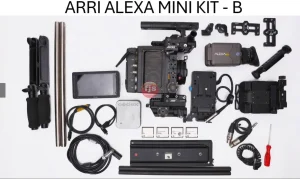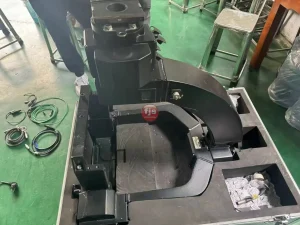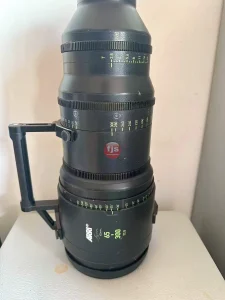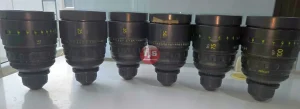The Nikon D3400 is a fantastic entry-level DSLR camera, perfect for capturing stunning landscapes. To truly encompass the grandeur of a scene, a wide-angle lens is an essential tool. However, with various options available, choosing the right one can feel overwhelming. This guide will explore key features to consider and recommend some of the best wide-angle lenses for your Nikon D3400.
Key Features and Benefits:
- Focal Length: Measured in millimeters (mm), focal length determines how wide your field of view will be. Wider focal lengths (typically below 24mm on a DX sensor) capture a larger area, ideal for vast landscapes.
- Aperture: Represented as f-stops (e.g., f/2.8, f/4), aperture controls the amount of light reaching the sensor. Wider apertures (lower f-numbers) allow for faster shutter speeds and beautiful bokeh (background blur) but tend to be pricier and bulkier.
- Image Stabilization (VR): Especially helpful in low-light situations or for slower shutter speeds often used in landscape photography, VR counteracts camera shake, resulting in sharper images.
Top Wide-Angle Lens Picks for Nikon D3400:
- Nikon AF-S DX NIKKOR 10-24mm f/3.5-4.5G ED: This versatile zoom lens offers an ultra-wide focal range, allowing you to capture expansive landscapes and even tight indoor shots. While the aperture isn’t the fastest, it’s a great balance of affordability and image quality.
- Tokina AT-X 11-16mm f/2.8 Pro DX II: For low-light landscape photography or creative bokeh effects, this Tokina prime lens boasts a super-fast f/2.8 aperture. It delivers exceptional sharpness and minimizes distortion, but keep in mind it doesn’t offer zoom functionality.
- Sigma 10-20mm f/4-5.6 EX DC HSM: Another budget-friendly zoom option, the Sigma 10-20mm provides a good focal range for landscapes and includes a built-in HSM motor for faster autofocus. While the aperture narrows at the telephoto end, it’s a good choice for beginners looking for a versatile wide-angle lens.
- Nikon AF-P DX NIKKOR 10mm f/2.8G ED: This compact and lightweight prime lens boasts an incredibly wide 10mm focal length, perfect for capturing breathtaking vistas and astrophotography. The fast f/2.8 aperture excels in low-light conditions.
Conclusion
The ideal wide-angle lens for your Nikon D3400 depends on your individual needs and budget. Consider the types of landscapes you shoot, whether you prioritize zoom flexibility or a wider aperture, and the importance of image stabilization. With the knowledge above, you can confidently choose the perfect lens to unlock the full potential of your Nikon D3400 in capturing the world around you.
Frequently Asked Questions (FAQs):
- Q: Do I need a full-frame camera for wide-angle landscape photography? A: Not necessarily! DX-format cameras like the Nikon D3400 have a smaller sensor, which inherently provides a wider field of view compared to full-frame lenses with the same focal length.
- Q: Is image stabilization absolutely necessary? A: While helpful, it’s not essential. If you primarily shoot landscapes during the day or can maintain faster shutter speeds, you can get by without VR. However, it becomes more valuable in low-light situations or for creative effects using slower shutter speeds.
- Q: Should I get a zoom or a prime lens? A: Zoom lenses offer versatility, while primes are typically sharper, lighter, and more affordable. Think about how often you’d need to adjust focal length and how much weight you’re comfortable carrying.







